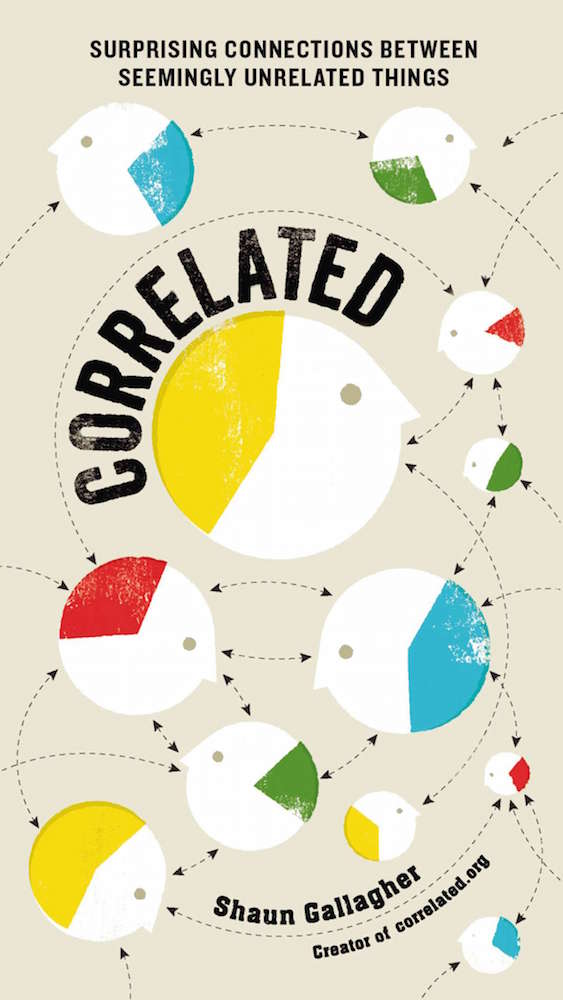NASA puts the kibosh on VSVN
A couple of weeks ago, I noticed something really cool about NASA's classic "Worm" logo:
If you flip it upside down, it produces a new acronym: VSVN. I'm not sure what those letters might stand for, but this little discovery was Very Surprising and Very Neat.
It occurred to me that it might be fun to come up with some sort of design that incorporates the letters VSVN, and my first thought was to put a cheeky twist on the multitude of apparel items that feature the NASA "Worm" logo.
I created a mock-up of a VSVN design and uploaded it to Teespring, which allows designers to sell apparel online:

But a few minutes after publishing the design, I received an email from Teespring notifying me that my listing had been removed:
Your campaign has been terminated early due to content concerns. It appears your campaign may be using content owned by a third party.
That was strange. Were they talking about the NASA "Worm" logo?
Normally, under the U.S. Copyright Act, any creative works produced by the U.S. government automatically become part of the public domain.
So, for instance, these NASA images of the moon, the Earth, and the stars can be freely used, even commercially, without having to get permission from the agency.
But after doing some research, I learned there are a few specific exceptions to that general rule. And one of them pertains to agency logos:
You cannot use government trademarks or government agencies' logos without permission.
If federal agencies' logos are not in the public domain, what explains the proliferation of T-shirts, sweatshirts, and other apparel that prominently feature the NASA logo?
It turns out that NASA does routinely grant permission for its logo to be used on apparel, subject to some rather restrictive regulations. When permission is granted, there are no licensing fees involved, which can make NASA-themed apparel a lucrative line of business.
But does this VSVN design actually infringe on NASA's logo?
On the one hand, it is certainly true that if you flip VSVN upside down, you get the NASA logo, which is the agency's trademark.
But within copyright and trademark law, there is a concept known as fair use. Fair use is a defense against a claim of infringement; when a work is covered under the fair-use defense, it can be used without a license from the copyright or trademark holder.
There are multiple factors that go into determining whether an unlicensed use of a work is covered under the fair-use defense, and in general fair use is broader for copyright than trademarks, but one key factor is whether the work is transformative, meaning that the new work has fundamentally changed the meaning, interpretation, or nature of the original work.
While in many cases merely flipping a logo 180 degrees is not sufficiently transformative to survive a claim of infringement, there are some rare cases where an upside-down representation of a logo is indeed transformative, such as when the new work is clearly perceived as something that stands on its own, and is not merely perceived as the original work flipped upside-down.
In the case of VSVN, I'm going to wager that the average person does not immediately recognize the design as an upside-down version of the NASA logo. Instead, what they are likely to immediately perceive are the letters VSVN.
Indeed, the entire novelty of the design is predicated on the fact that VSVN stands on its own — unlike, say, an upside-down version of the agency's iconic "Meatball" logo:
Are there other cases where flipping something is transformative?
Well, what if I were to begin selling T-shirts with this design?

That's arguably an infringement of Shell Oil's intellectual property.
But what about this?

That's the same image upside-down, but it "transforms" the previous design into the numbers 710 77345. Do those numbers violate any copyright or trademark held by Royal Dutch Shell? I think it would be quite a stretch to say they do.
Several artists have also produced transformative works by re-orienting physical objects. For instance, Marcel Duchamp, who specialized in conceptual art, created a work called Fountain by taking an ordinary porcelain urinal and turning it 90 degrees:

Given the fact that VSVN stands on its own and is arguably covered under fair use, I decided to reach out to NASA about the Teespring design.
I had hoped that they would agree with me that the design is transformative enough that no permission was needed from the agency.
But a representative from NASA's communications department, which handles such requests, responded to my inquiry and said the design did require NASA's authorization, but the design as presented would not be approved, because the agency does not permit the logo to be presented upside-down.
It is patently obvious that your intent is to render the NASA Logotype upside down, else the clever premise is non-sensical. Our Merchandising Guidelines clearly state that the NASA Logotype cannot be altered, and you have rendered it upside down. Accordingly, it does not conform to the Guidelines so cannot be approved. Alternatively, if you insist that VSVN is arbitrary, or an acronym for another entity/item, and that the premise is not related to the Agency, then we request you execute the premise using a different acronym and font since this use is obviously confusingly similar to NASA’s Logotype.
I suppose one could argue, in line with the shirt's assertion, that the NASA Logotype is not altered or rendered upside down, because there is no "upside down" when it comes to shirts. The idea that something is rendered upside down presumes there is only one correct orientation for a shirt. But shirts can be worn while doing handstands, they can be worn while reclining, and in all of those cases the orientation is different from how the shirt appears when standing.
Unfortunately, although I think there is a case to be made for my design being considered non-infringing, I will not be pursing this any further. I created the design just for giggles, and I have no interest in investing the time or money to successfully defend the design against a claim of copyright infringement from a federal agency.
I hope, though, that my experience has helped illuminate some of the intricacies of copyright law, and maybe even led you to think more deeply about what it means for a creative work to be transformative.
Note: This essay presents both the NASA "Worm" logo and the NASA "Meatball" logo, in various orientations. This falls very firmly under fair use, because the essay is non-commercial in nature, involves commentary pertaining to the original works and how they relate to the VSVN work, and the logos are presented at relatively small size, just big enough to get the point across. There are a variety of news articles (e.g. 1, 2, and 3) that similarly reproduce the logos for the purpose of commentary about them, and my use is very similar.



